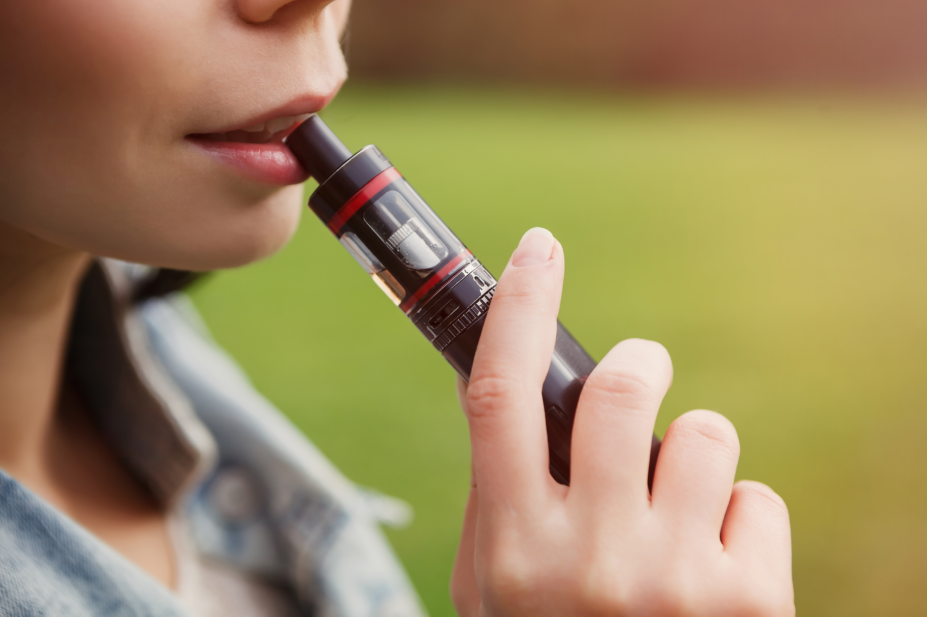
Shutterstock.com
E-cigarette vapour (ECV) may increase susceptibility to pneumonia-causing bacteria, a study published in the European Respiratory Journal has found.
According to the study, ECV contains free radicals, which have the potential to induce oxidative stress. Oxidative stress in the cells lining the airways increases production of a protein called platelet-activating factor receptor (PAFR) expression, which is used by pneumococci bacteria to stick to the airway, increasing the risk of infection. The researchers therefore hypothesised that e-cigarette vapour may increase pneumococcal adhesion to airway cells, increasing susceptibility to infection.
“Pneumococcal bacteria can exist in our airways without causing illness; however, in some cases, they can invade the lining cells causing pneumonia or septicaemia,” said lead researcher Jonathan Grigg, professor of paediatric respiratory and environmental medicine at Queen Mary University of London.
“We know that exposure to traditional cigarette smoke helps these bacteria stick to airway lining cells, increasing the risk of infection. We wanted to see whether or not e-cigarettes might have the same effect,” he added.
To find out, the researchers assessed PAFR in nasal epithelial cells from 11 adults who had not vaped over the previous 12 hours, before and five minutes after vaping; and from six adults who had never vaped.
To do this, they took samples of nasal epithelial cells from both nostrils of the vaping and non-vaping participants. For the vapers, nasal cells were obtained immediately before and one hour after a five-minute period of e-cigarette use, in which they took a minimum of ten puffs.
It was found that vaping, both nicotine-containing and nicotine-free e-cigarette, increased nasal PAFR expression and pneumococcal adhesion to airway cells in vitro. Post-vaping PAFR expression was higher than in the non-exposed controls, however pre-vaping expression was not, indicating that vaping does not persistently increase PAFR expression.
“These results suggest that vaping makes the airways more vulnerable to bacteria sticking to airway lining cells. If this occurs when a vaper gets exposed to the pneumococcal bacterium, this could increase the risk of infection,” explained Grigg.
He added that other aids to quitting, such as patches or gum, do not result in airway cells being exposed to high concentrations of potentially toxic compounds.
However, the researchers pointed out that the study did not reveal whether the concentration and duration of e-cigarette use in vitro reflects exposure of airway cells in vivo. For ethical reasons they were unable to determine whether ECV-induced nasal PAFR expression did increase pneumococcal infection in the human participants although the link is well established in animal models.

